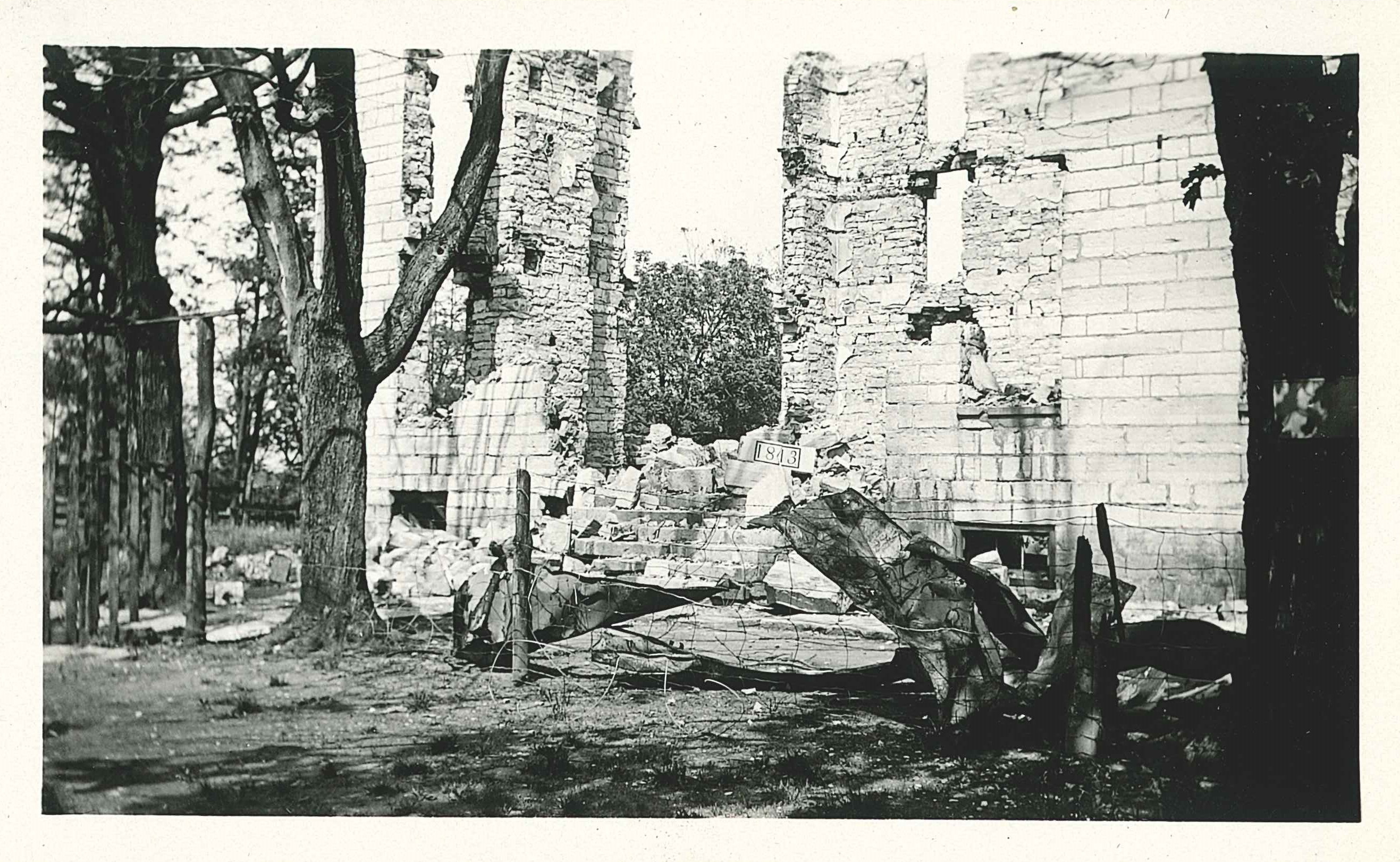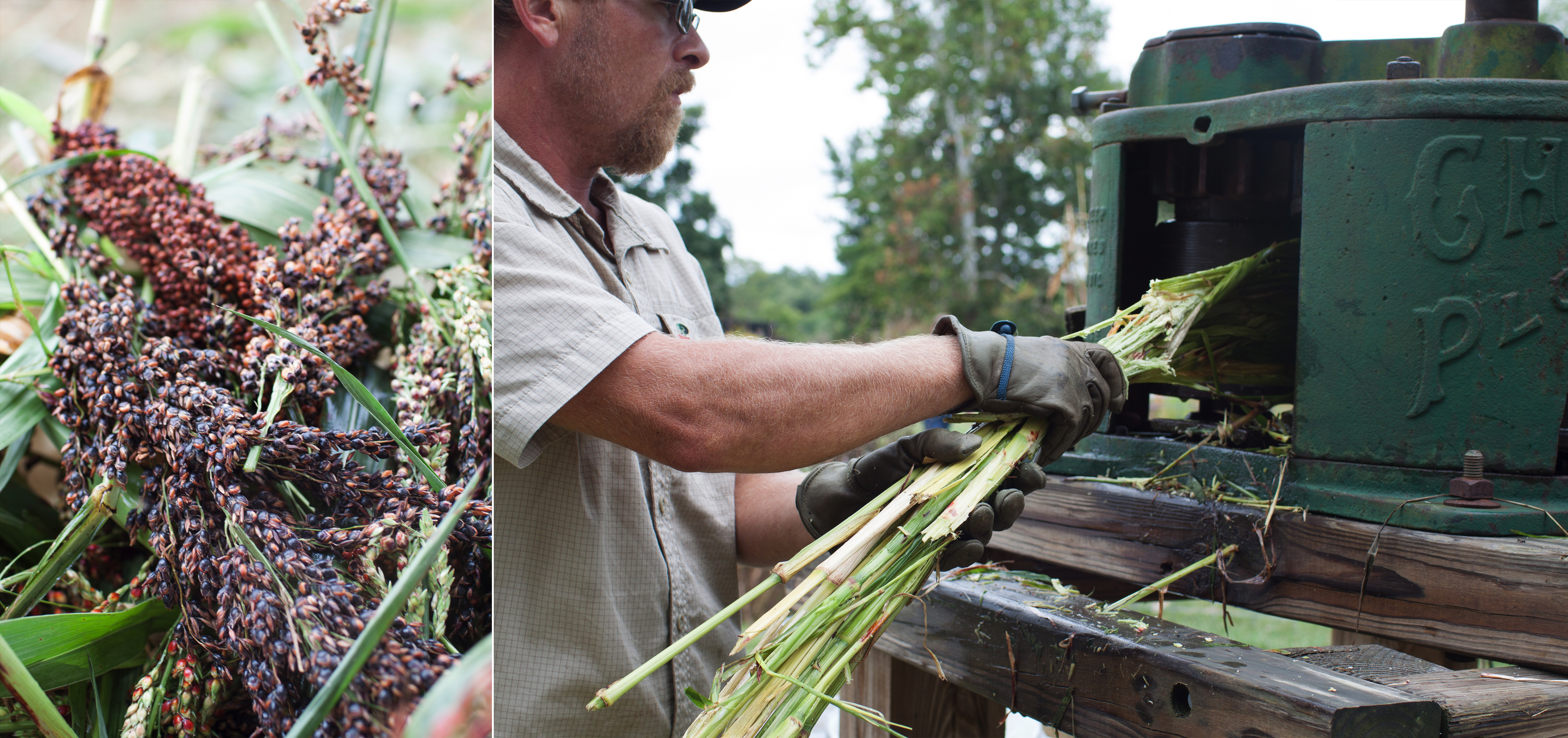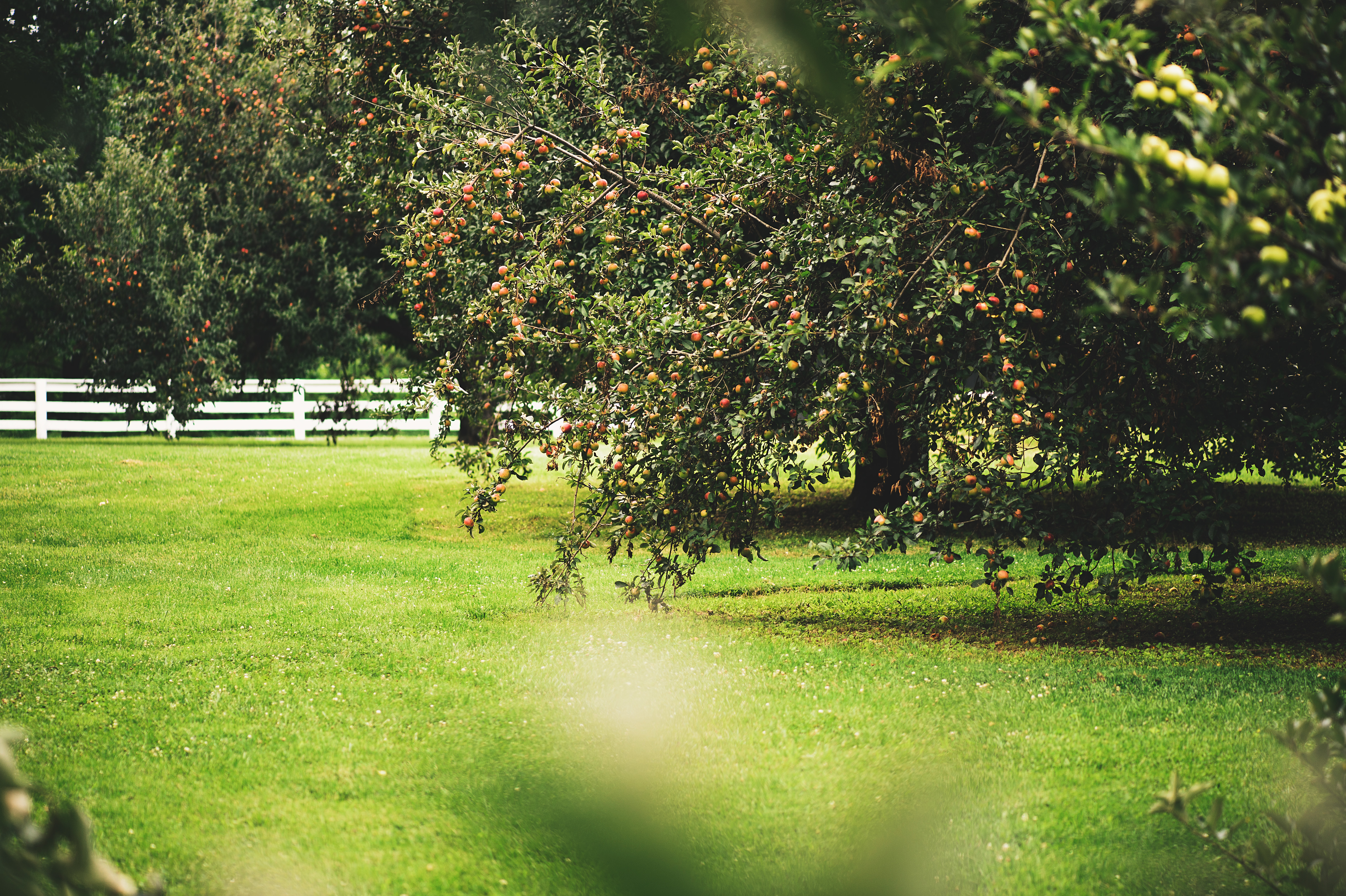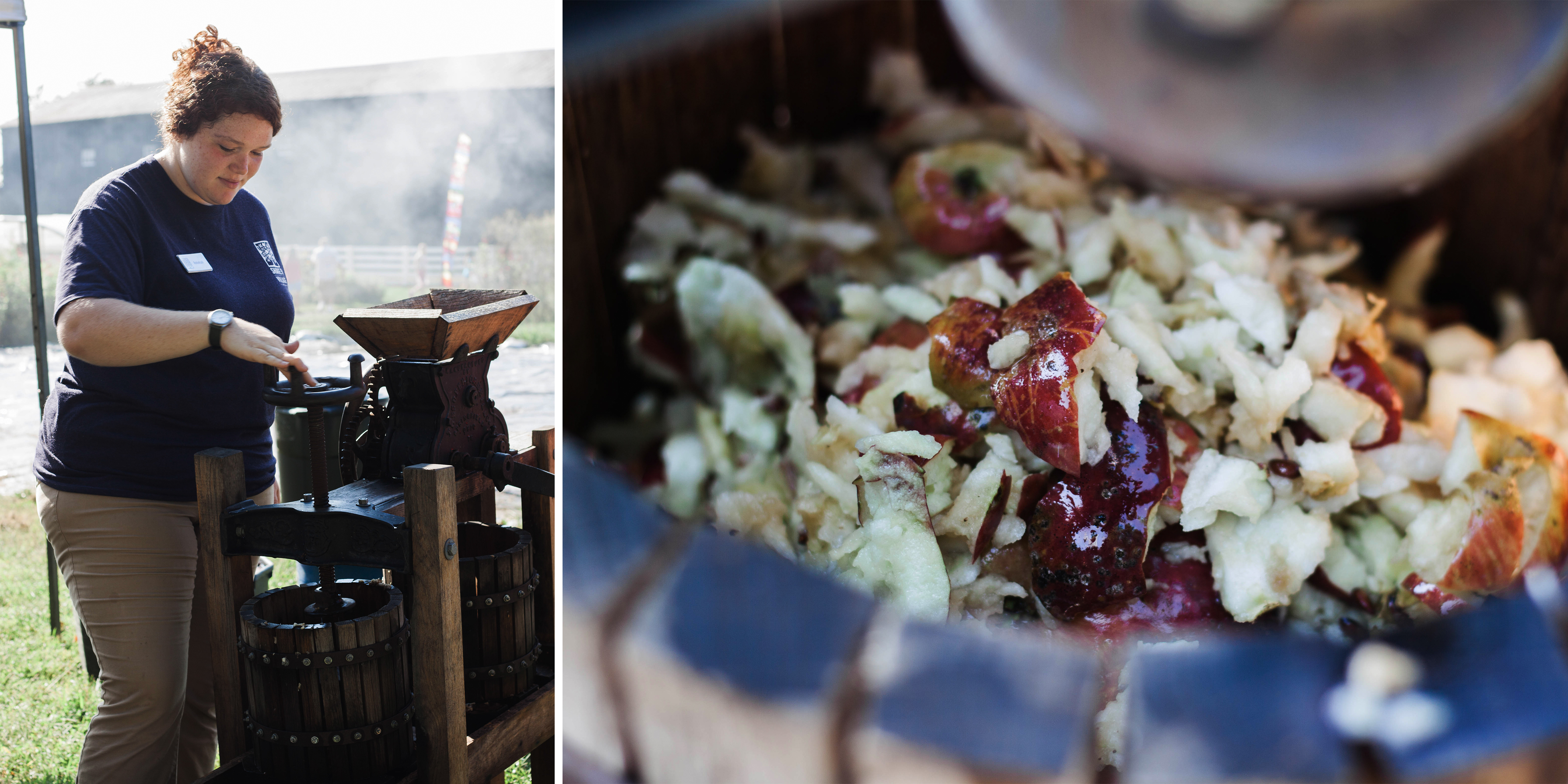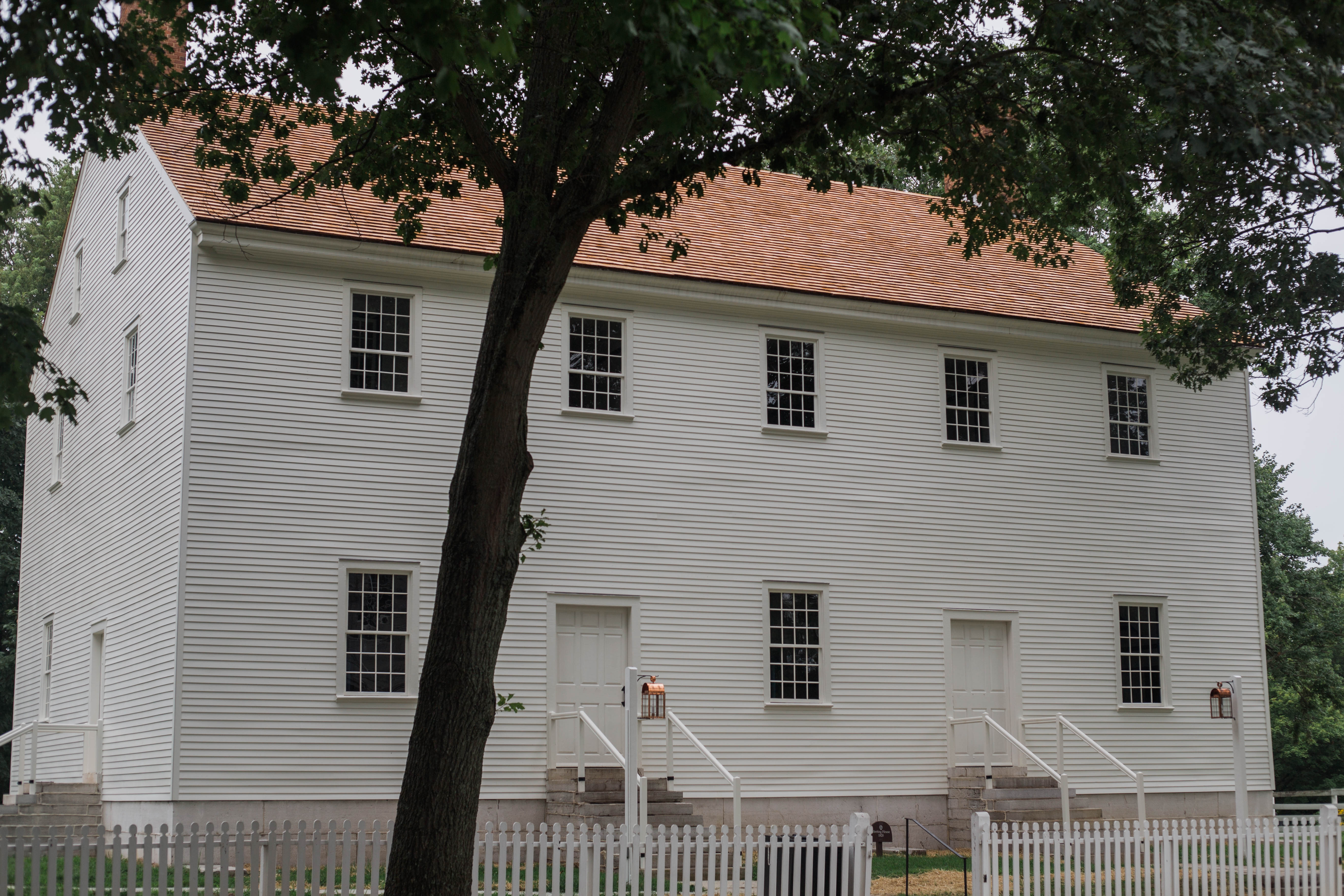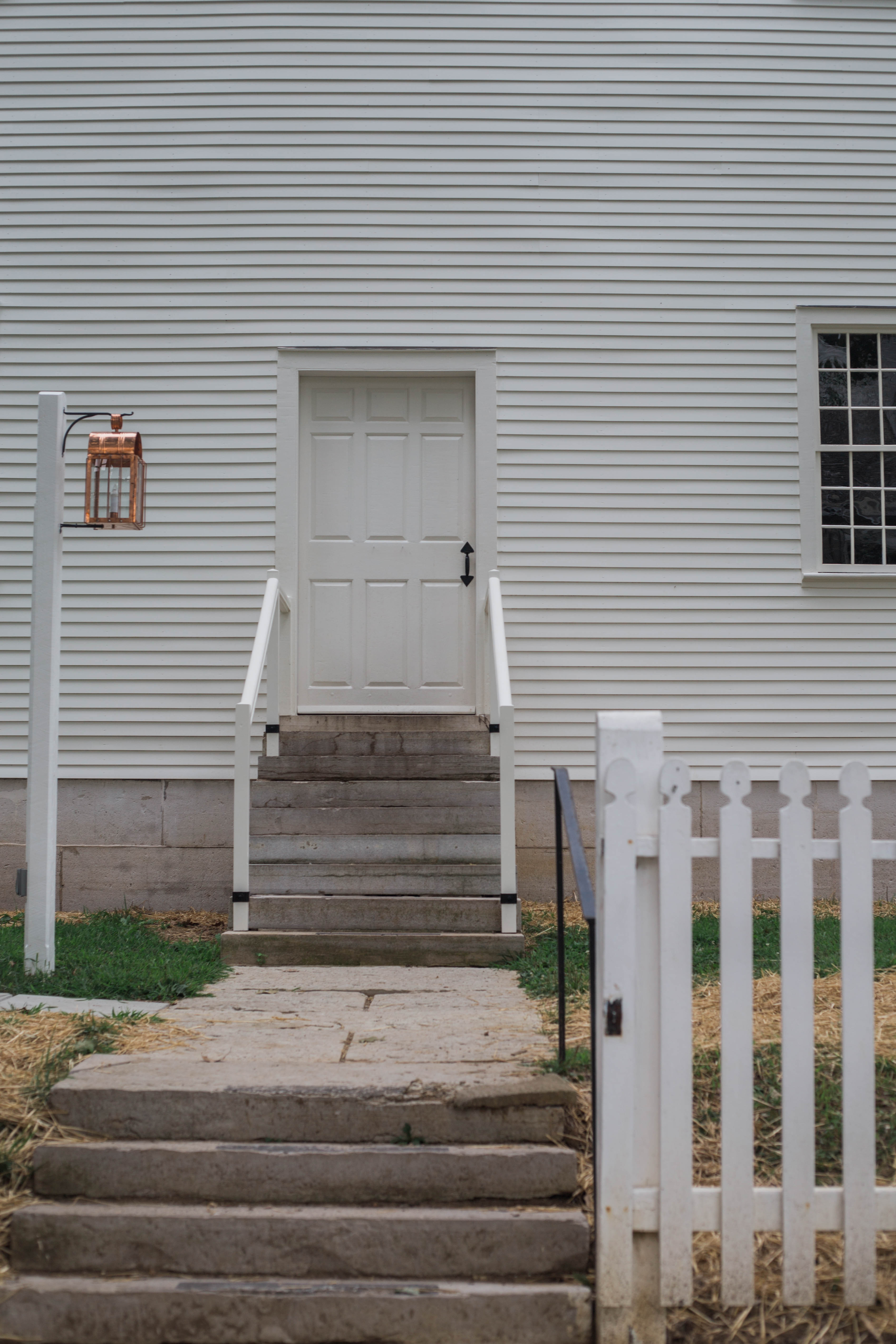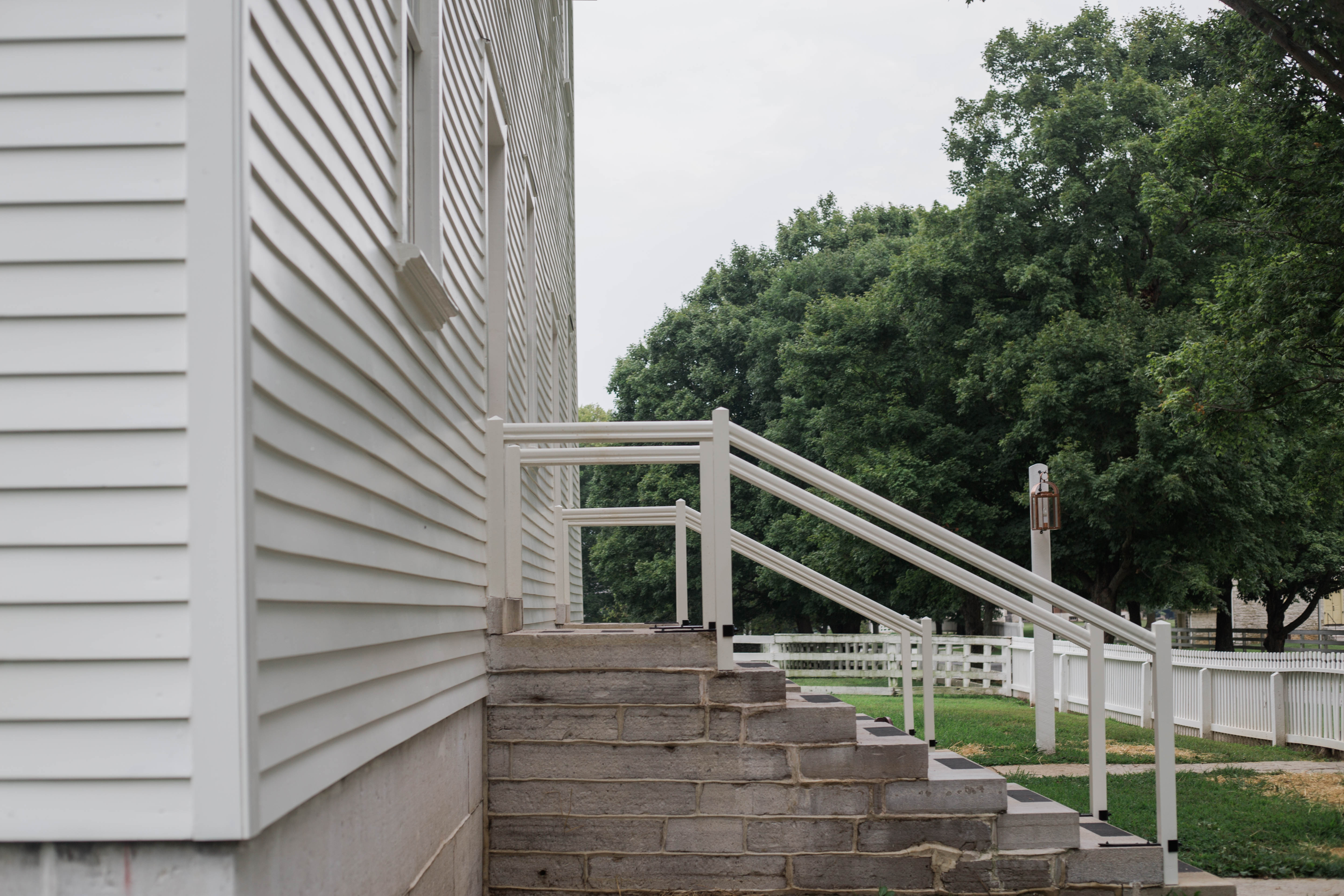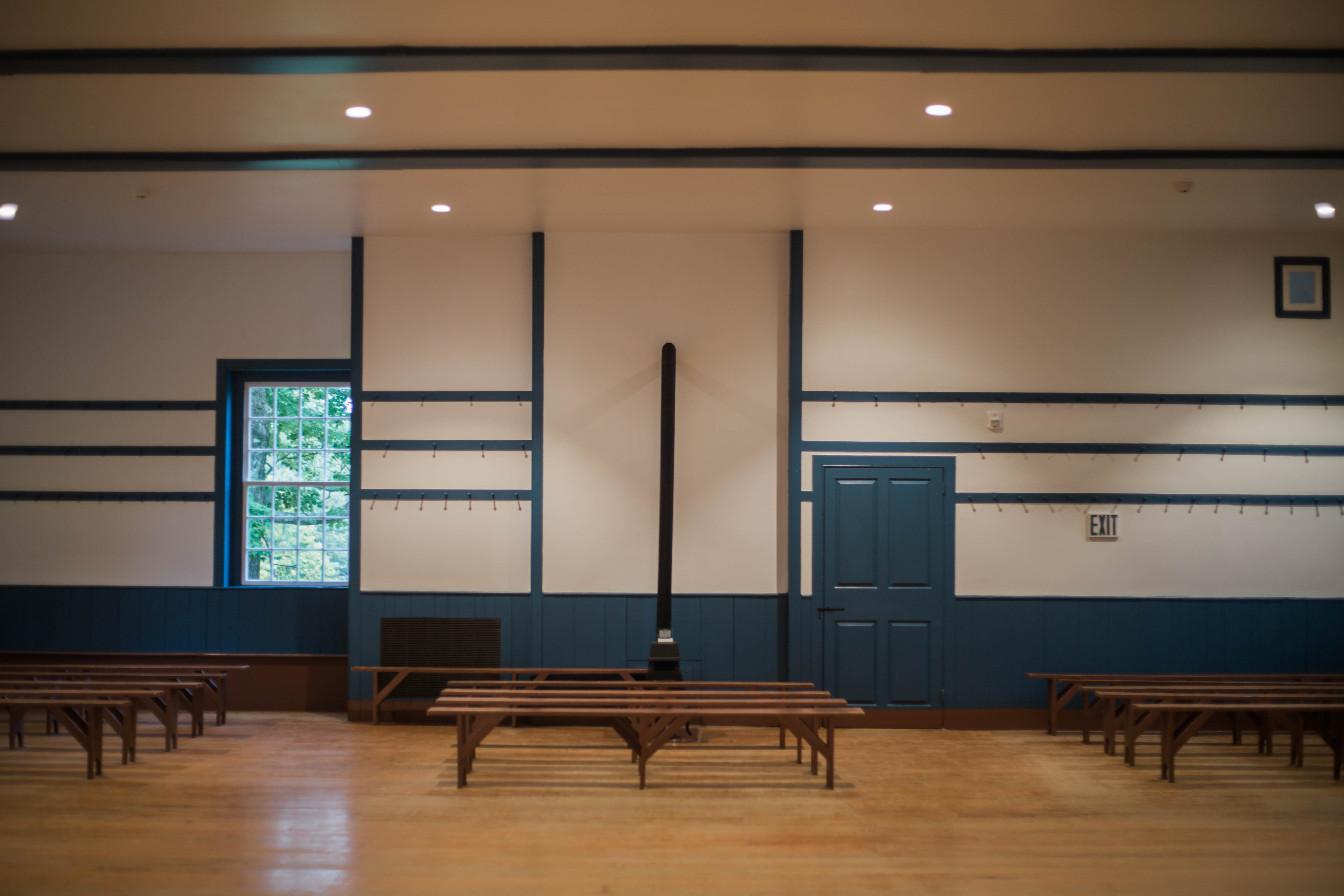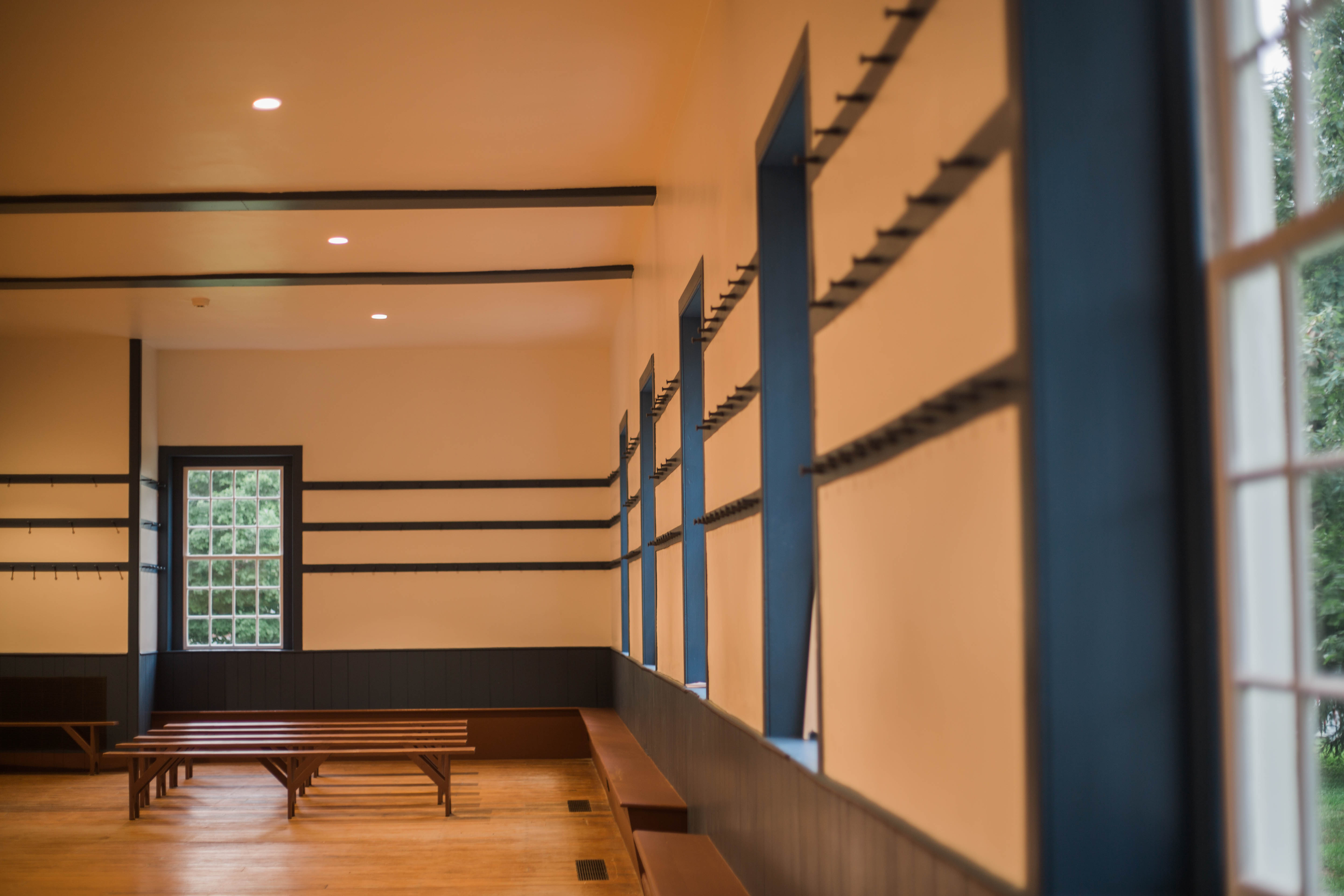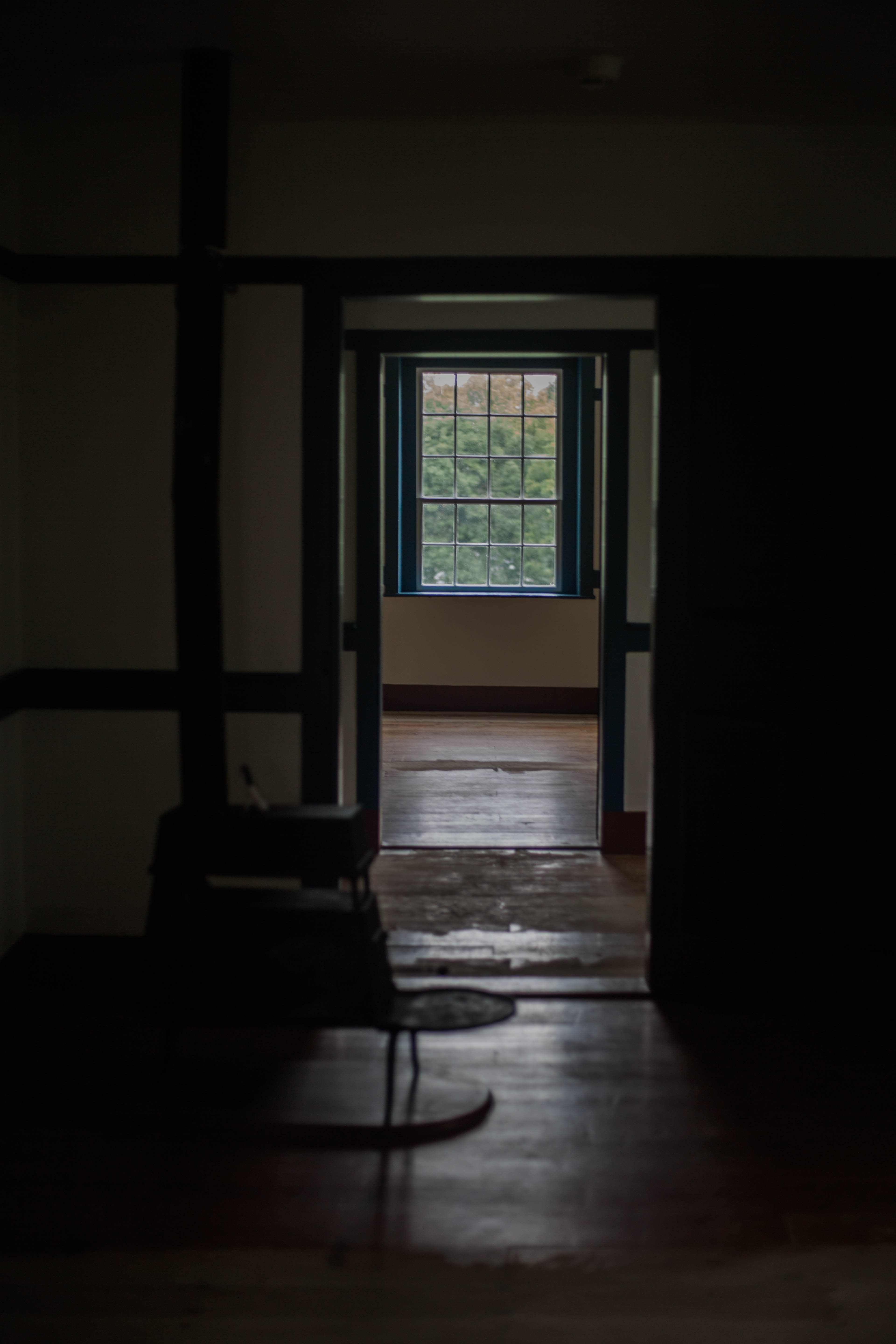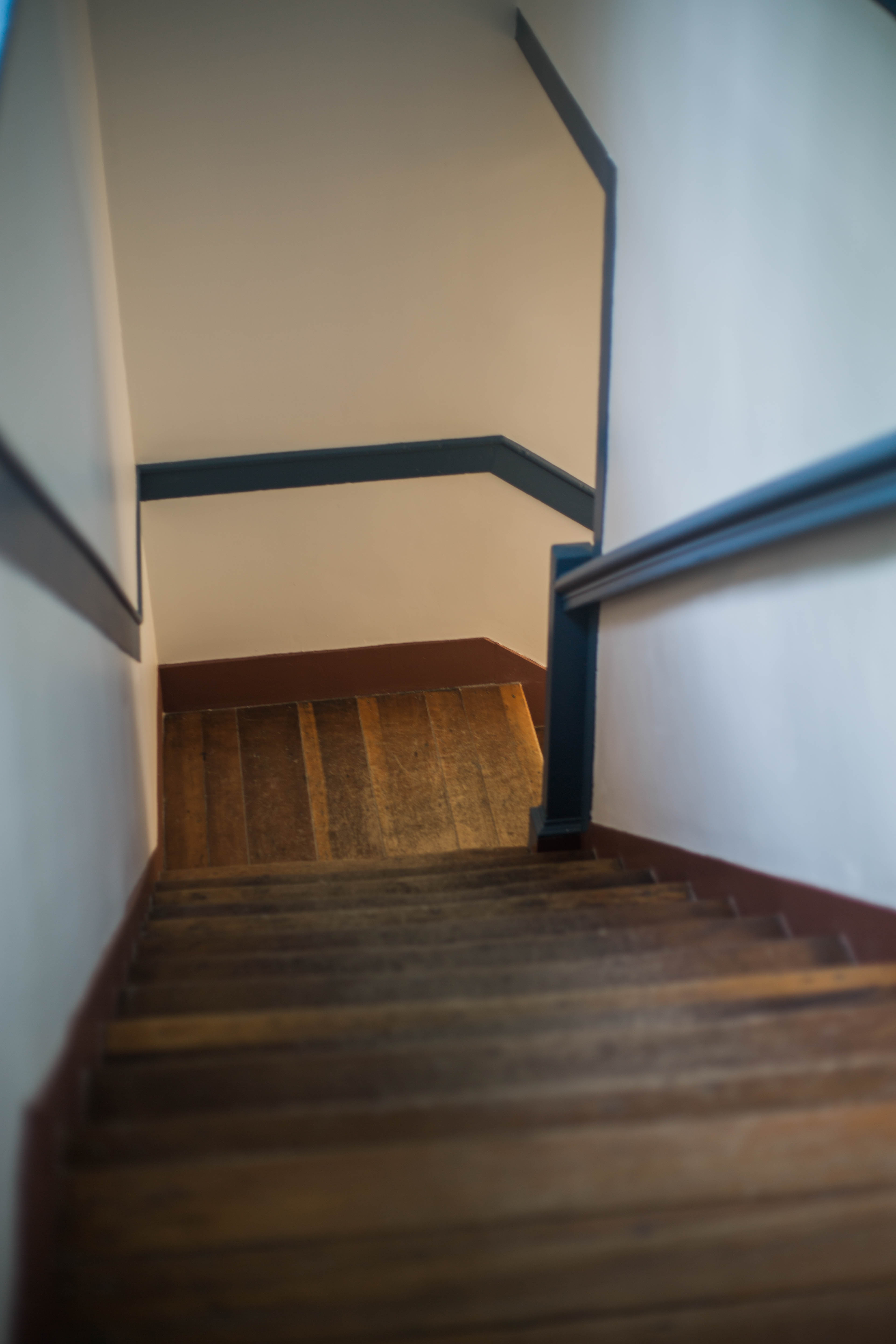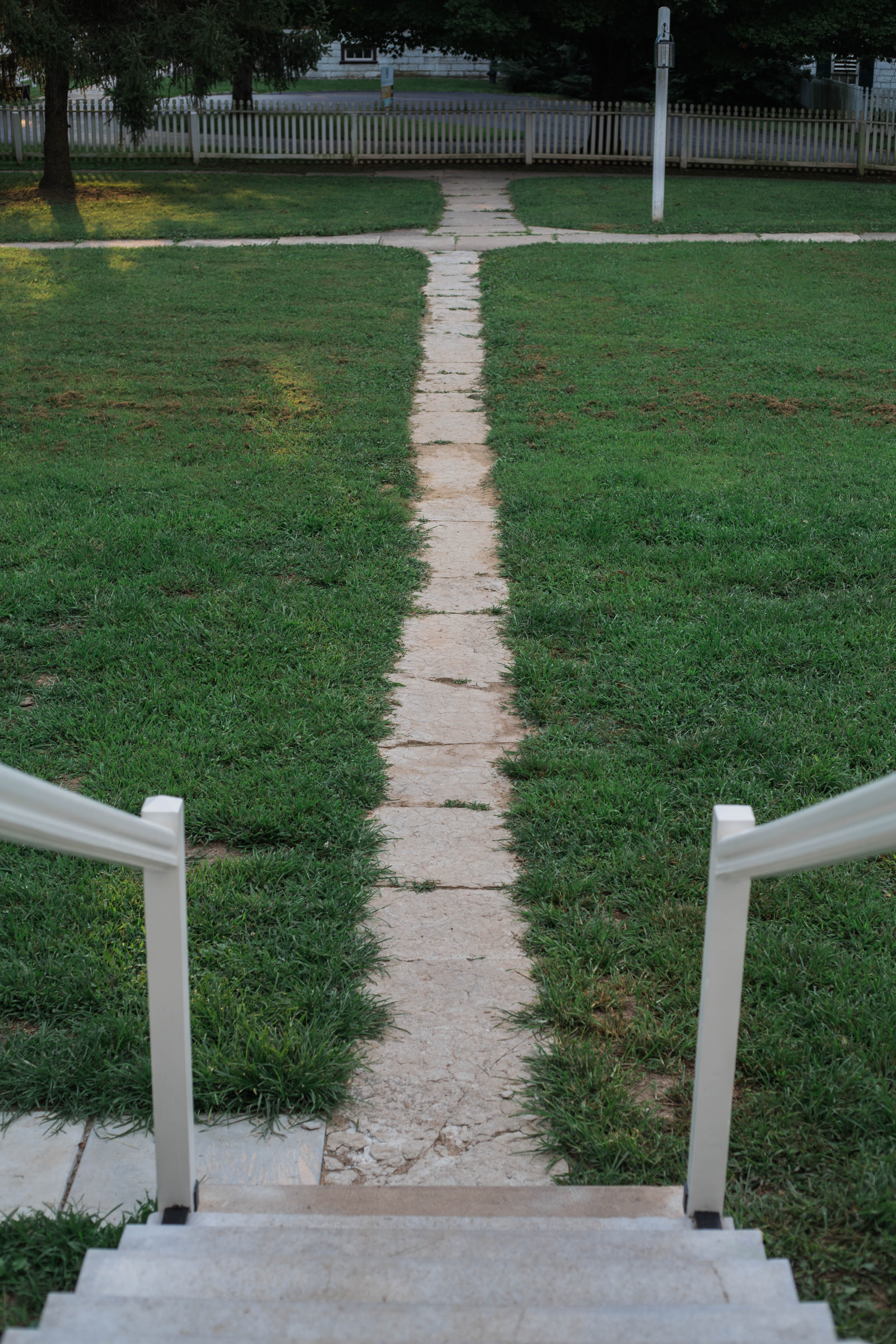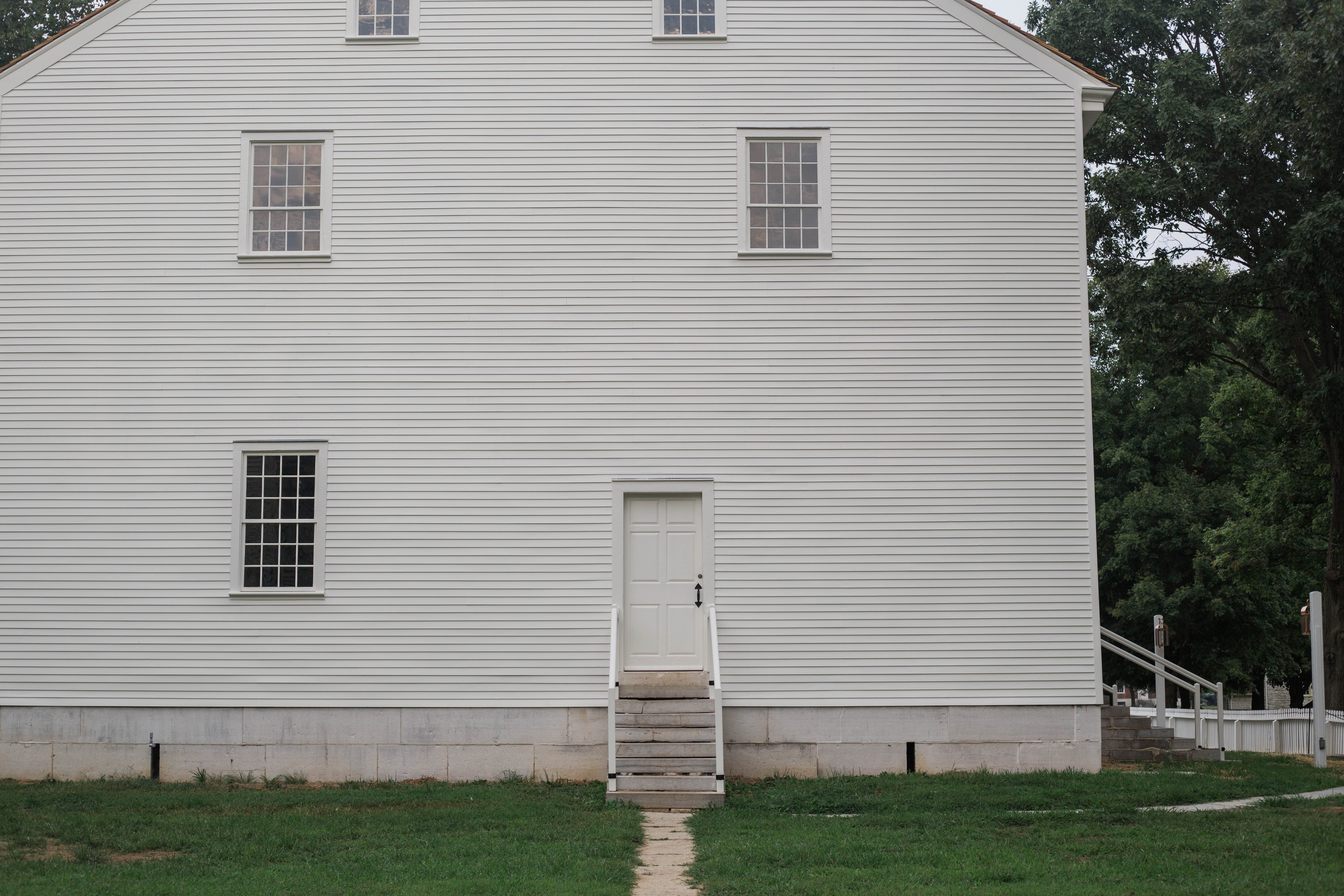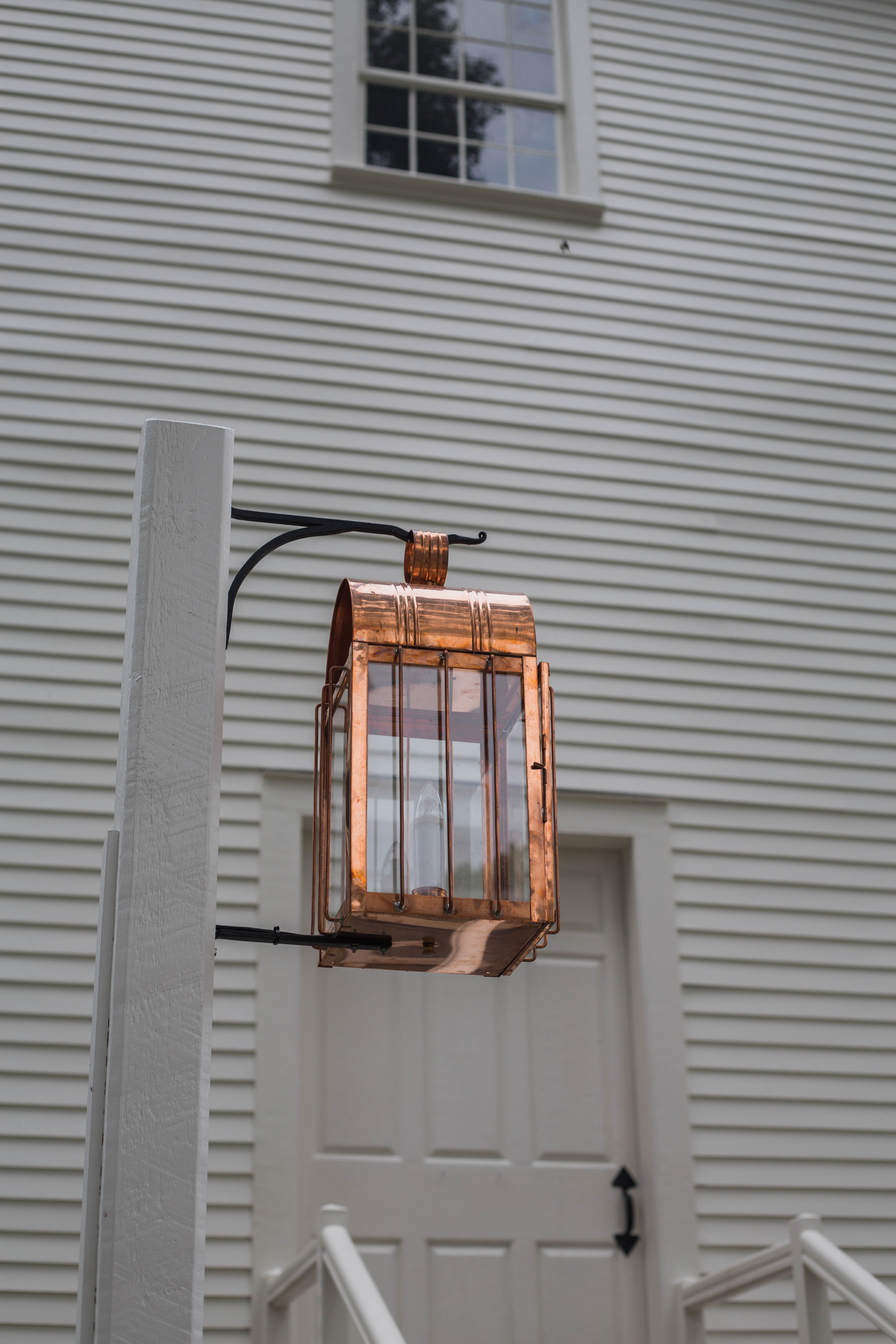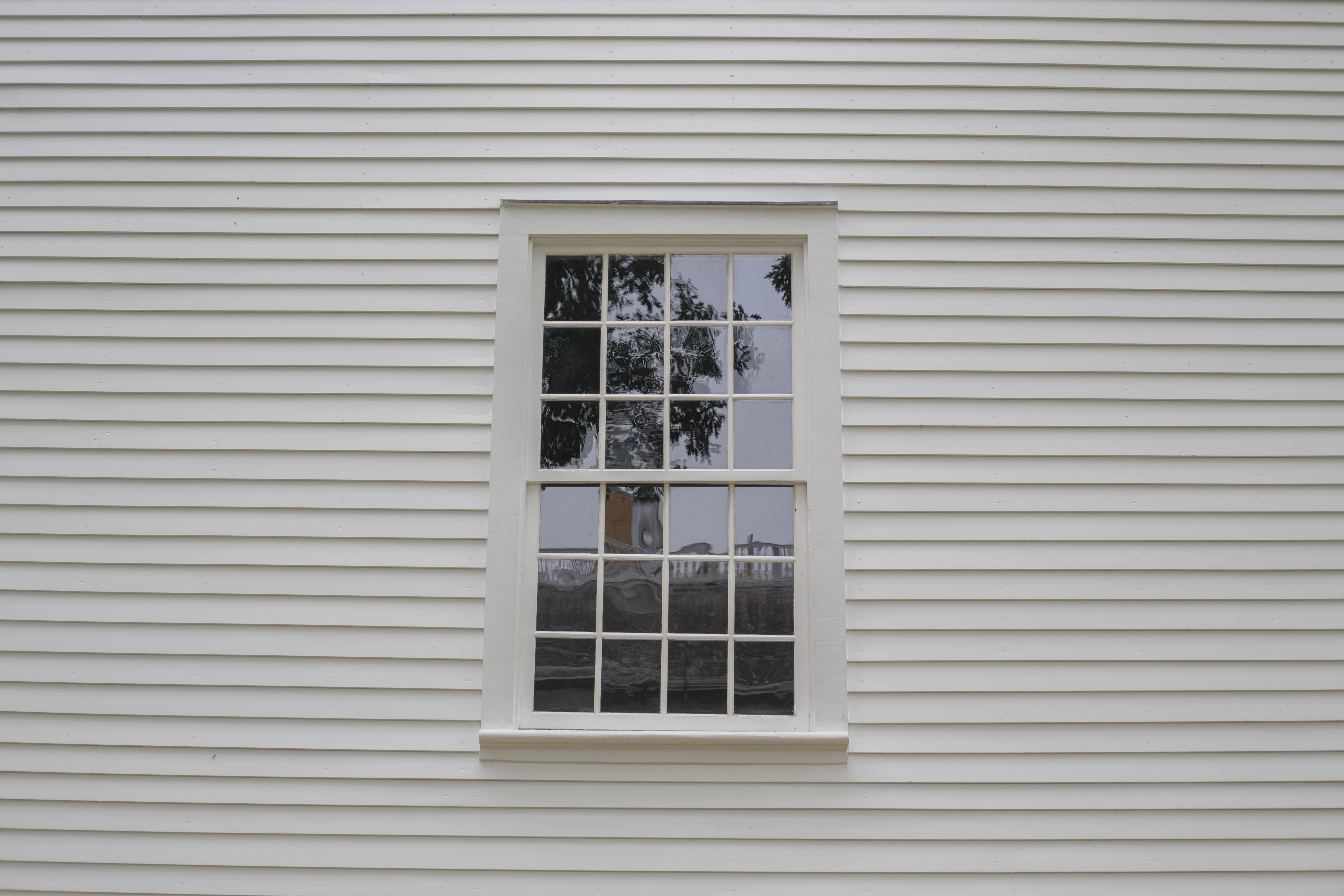
Shaker Village opened its doors to guests from around the world in April 1968. Fifty years later, we celebrate those who came before us, and we continue to inspire generations! With 3,000 acres of discovery, there’s a lot to do around here on a daily basis. In honor of our 50 for 50 Campaign, here’s 50 things to try at Shaker Village:
- Go for a hike.
- Take a Discovery Tour.
- Listen to live music on the lawn.
- Meet the farm family.
- Go inside the greenhouse and see what’s growing.
- Take a hard hat tour to see what preservation work is currently happening.
- Go fishing.
- Take a riverboat ride on the Kentucky River.
- See a waterfall. You have to hike a little, but it’s worth it!
- Have a picnic.
- Watch the sunset from the amphitheater. It’s magical.
- Check out a bike and ride around the Village. They’re free!
- Visit the selfie exhibit.
- Relax.
- Pick out a handmade treasure or a Shaker Village souvenir in The Shops.
- Jump on board the horse-drawn wagon for a ride around The Historic Centre.
- Walk in the creek.
- Visit the bird blind.
- Talk to the gardeners and see what’s growing right now. Learn about how we use these fresh ingredients in our restaurant.
- Eat a meal at The Trustees’ Table.
- Walk up the iconic twin spiral staircases.
- Go kayaking on the Kentucky River.
- Walk to the cemetery.
- Attend a Shaker music performance in The Meeting House.
- Learn about food preservation in the Preserve Shop exhibit.
- Eat a piece of lemon pie.
- Drink a glass of wine or a cold beer on the Trustees’ Lawn.
- Take a peek at the rock walls. We have 25 miles of them.
- Taste an apple in the orchard.
- Visit the apiary to see where our honey comes from.
- Read the poem on the windowsill of room 174.
- Play with Boomer (our resident cat).
- Check out the Discovery Garden to learn about herbs.
- Relive your childhood on the tree swings.
- Identify plants and birds on The Trails.
- Go horseback riding.
- Take a hayride around the Village.
- Stargaze.
- Attend an Object + Stories program to learn more about our collection.
- Grab a handmade cookie from the Post Office shop.
- Find your way through the prairie maze.
- Climb to the highest point in Mercer County (top floor, Centre Family Dwelling).
- Find out who the Shakers were.
- Learn about our garden plans and how our farm animals have a job towards that bigger plan.
- Play checkers and more in the Cooper’s Shop.
- See wildflowers.
- Roast marshmallows around a fire pit.
- Visit with the artists in our Artist Studios and talk to them while they create.
- Take a selfie and post it using #shakervillageky.
- Have a rejuvenating night’s sleep in one of our 72 overnight rooms at The Inn so you can start all over in the morning!
We couldn’t make great things happen here without you! Our goal for the 50 for 50 Campaign is $50,000. If you would like additional information about our program, services or philanthropic opportunities, call the Development Office at 800.734.5611 ext. 1547. Give online now.
What’s your favorite Shaker Village activity? Plan your next visit at shakervillageky.org!
